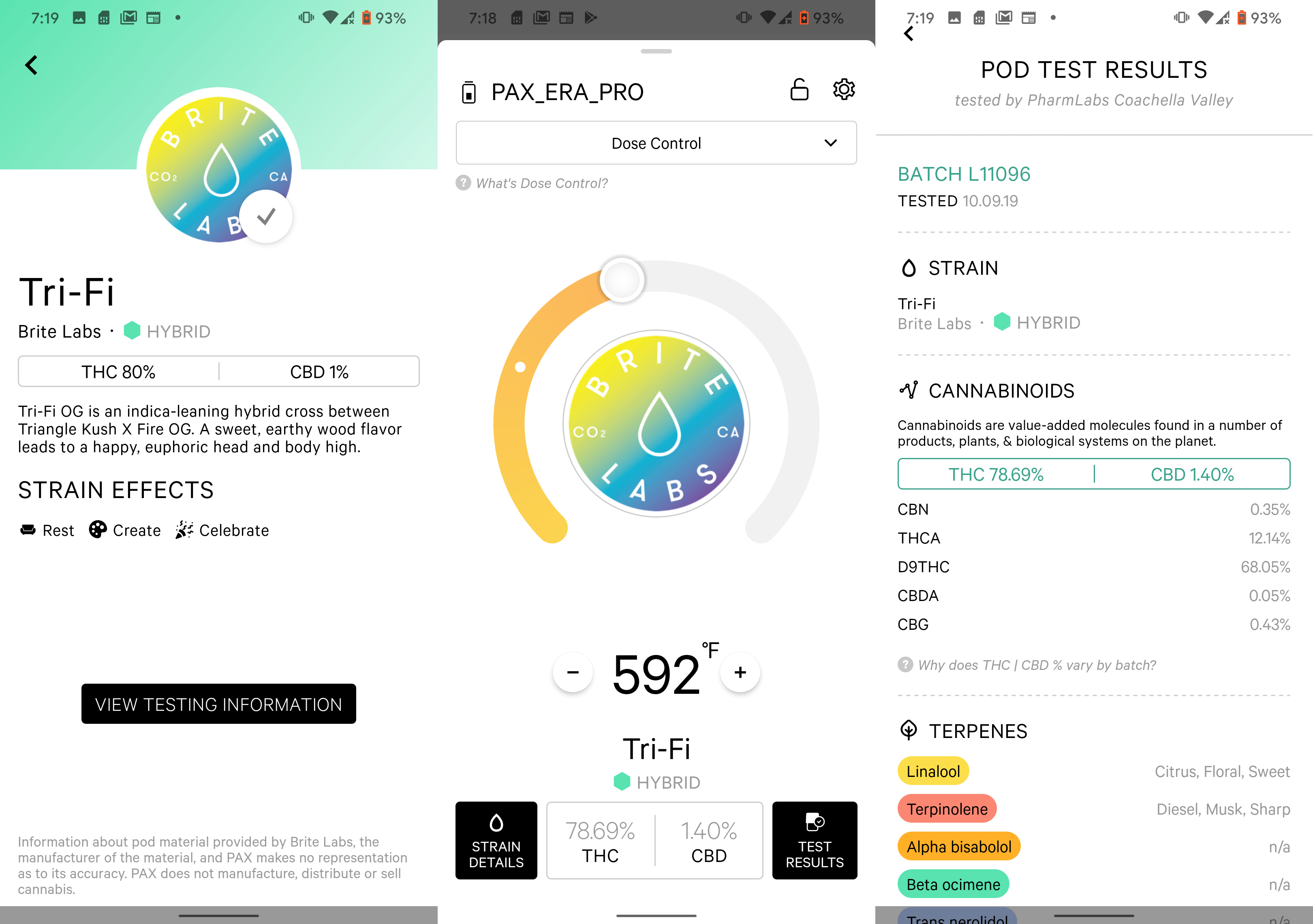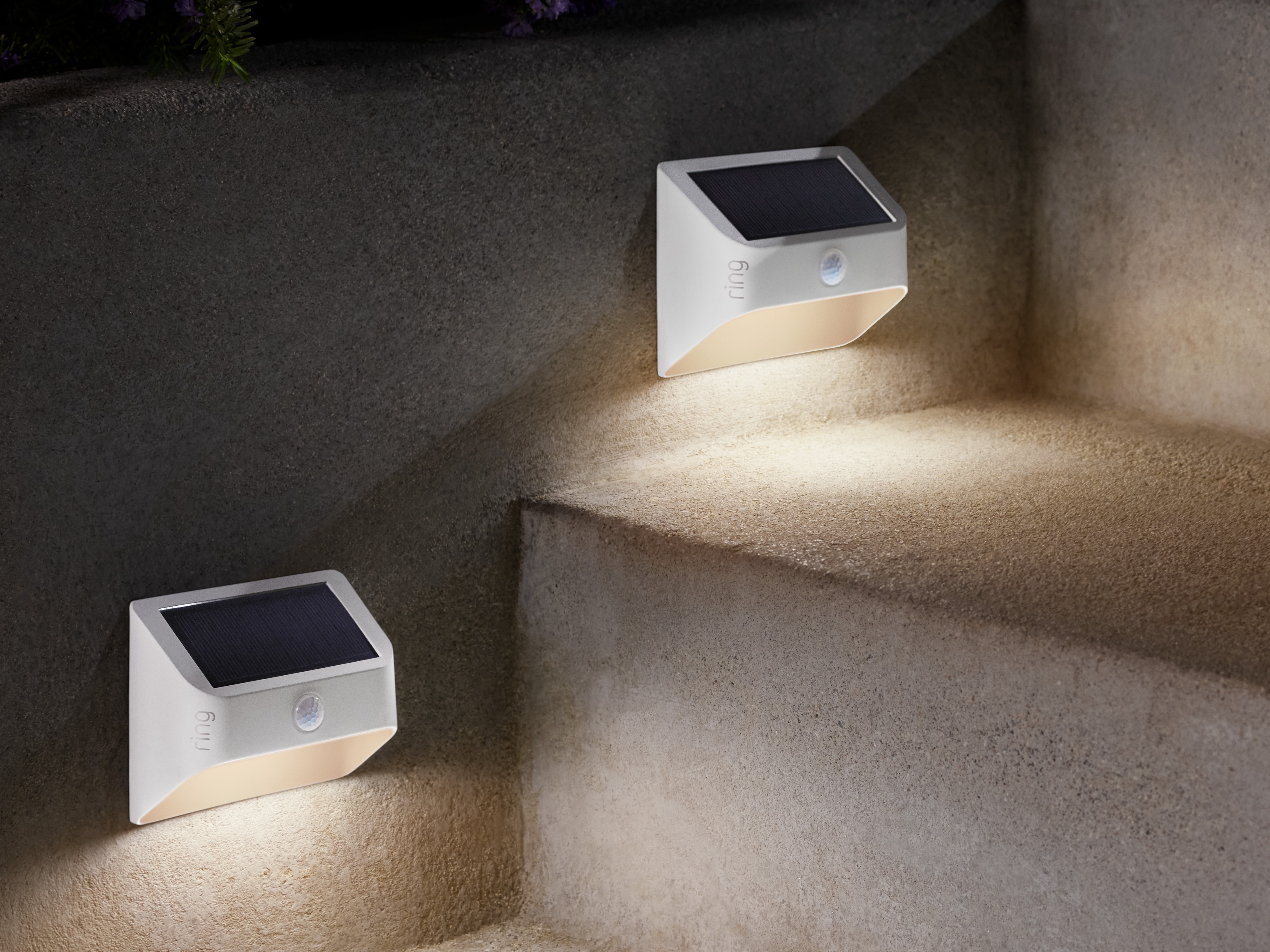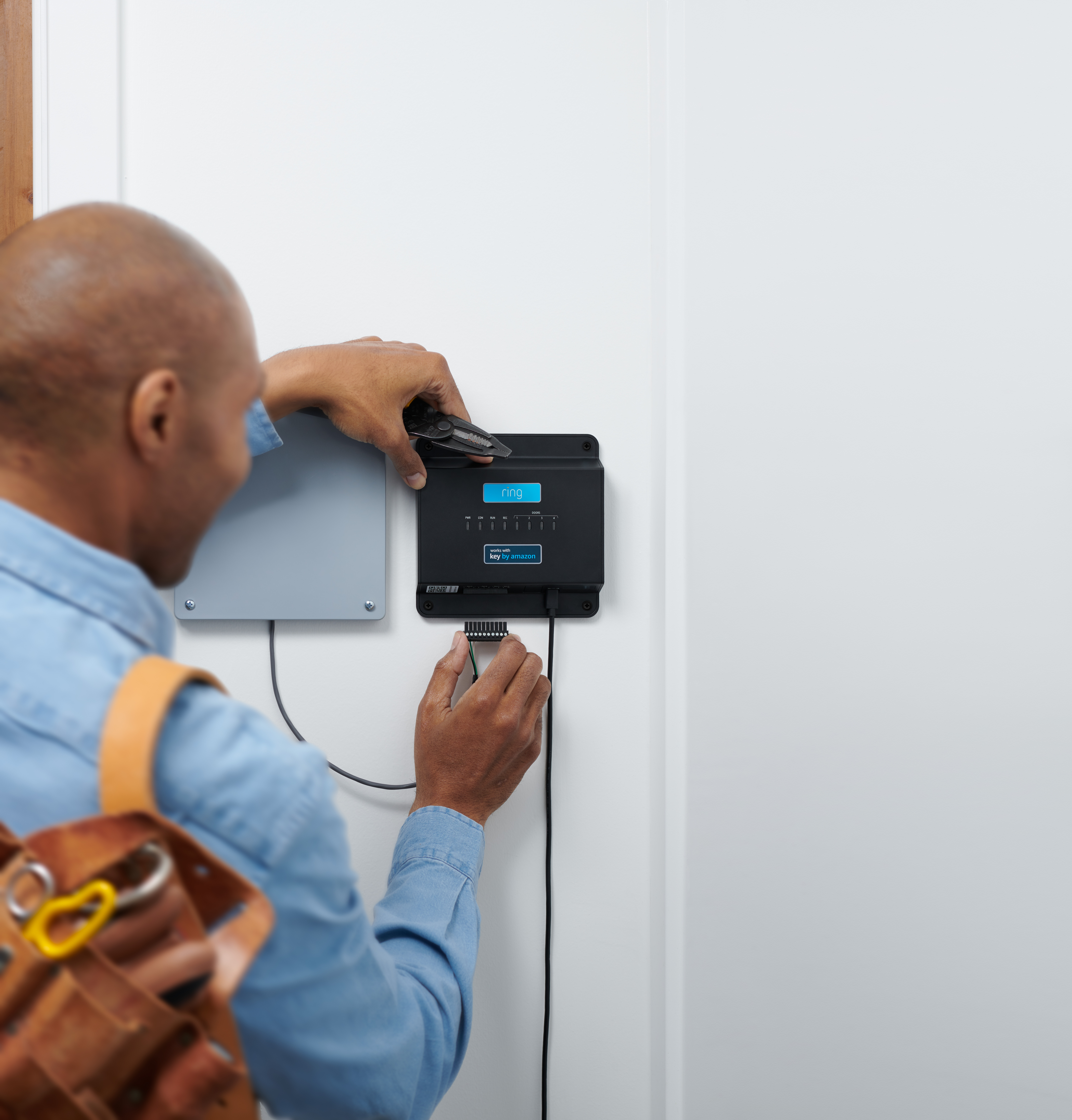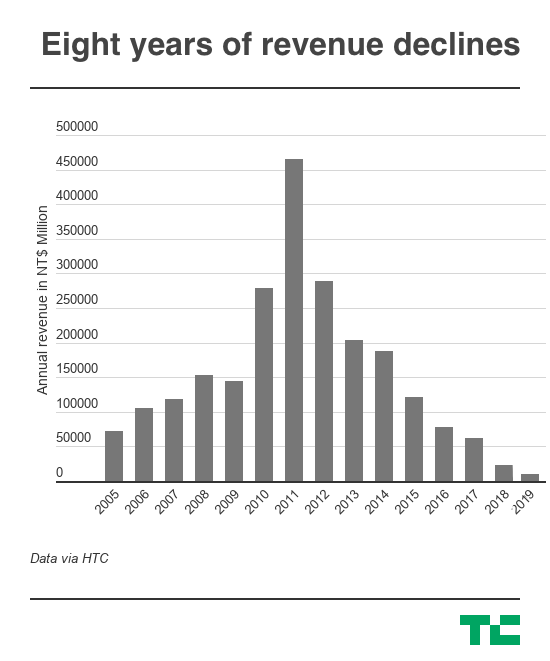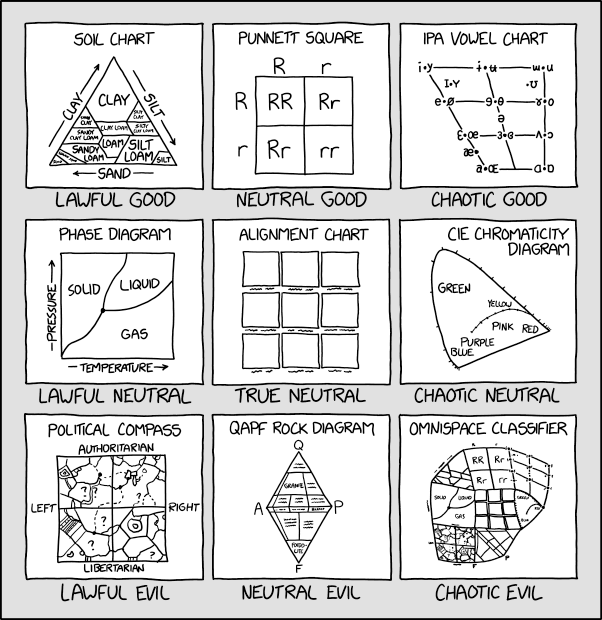More details are emerging about the scale and scope of disgraced data company Cambridge Analytica’s activities in elections around the world — via a cache of internal documents that’s being released by former employee and self-styled whistleblower, Brittany Kaiser.
The now shut down data modelling company, which infamously used stolen Facebook data to target voters for President Donald Trump’s campaign in the 2016 U.S. election, was at the center of the data misuse scandal that, in 2018, wiped billions off Facebook’s share price and contributed to a $5BN FTC fine for the tech giant last summer.
However plenty of questions remain, including where, for whom and exactly how Cambridge Analytica and its parent entity SCL Elections operated; as well as how much Facebook’s leadership knew about the dealings of the firm that was using its platform to extract data and target political ads — helped by some of Facebook’s own staff.
Certain Facebook employees were referring to Cambridge Analytica as a “sketchy” company as far back as September 2015 — yet the tech giant only pulled the plug on platform access after the scandal went global in 2018.
Facebook CEO Mark Zuckerberg has also continued to maintain that he only personally learned about CA from a December 2015 Guardian article, which broke the story that Ted Cruz’s presidential campaign was using psychological data based on research covering tens of millions of Facebook users, harvested largely without permission. (It wasn’t until March 2018 that further investigative journalism blew the lid off the story — turning it into a global scandal.)
Former Cambridge Analytica business development director Kaiser, who had a central role in last year’s Netflix documentary about the data misuse scandal (The Great Hack), began her latest data dump late last week — publishing links to scores of previously unreleased internal documents via a Twitter account called @HindsightFiles. (At the time of writing Twitter has placed a temporary limit on viewing the account — citing “unusual activity”, presumably as a result of the volume of downloads it’s attracting.)
Since becoming part of the public CA story Kaiser has been campaigning for Facebook to grant users property rights over their data. She claims she’s releasing new documents from her former employer now because she’s concerned this year’s US election remains at risk of the same type of big-data-enabled voter manipulation that tainted the 2016 result.
“I’m very fearful about what is going to happen in the US election later this year, and I think one of the few ways of protecting ourselves is to get as much information out there as possible,” she told The Guardian.
“Democracies around the world are being auctioned to the highest bidder,” is the tagline clam on the Twitter account Kaiser is using to distribute the previously unpublished documents — more than 100,000 of which are set to be released over the coming months, per the newspaper’s report.
The releases are being grouped into countries — with documents to-date covering Brazil, Kenya and Malaysia. There is also a themed release dealing with issues pertaining to Iran, and another covering CA/SCL’s work for Republican John Bolton’s Political Action Committee in the U.S.
The releases look set to underscore the global scale of CA/SCL’s social media-fuelled operations, with Kaiser writing that the previously unreleased emails, project plans, case studies and negotiations span at least 65 countries.
A spreadsheet of associate officers included in the current cache lists SCL associates in a large number of countries and regions including Australia, Argentina, the Balkans, India, Jordan, Lithuania, the Philippines, Switzerland and Turkey, among others. A second tab listing “potential” associates covers political and commercial contacts in various other places including Ukraine and even China.
A UK parliamentary committee which investigated online political campaigning and voter manipulation in 2018 — taking evidence from Kaiser and CA whistleblower Chris Wylie, among others — urged the government to audit the PR and strategic communications industry, warning in its final report how “easy it is for discredited companies to reinvent themselves and potentially use the same data and the same tactics to undermine governments, including in the UK”.
“Data analytics firms have played a key role in elections around the world. Strategic communications companies frequently run campaigns internationally, which are financed by less than transparent means and employ legally dubious methods,” the DCMS committee also concluded.
The committee’s final report highlighted election and referendum campaigns SCL Elections (and its myriad “associated companies”) had been involved in in around thirty countries. But per Kaiser’s telling its activities — and/or ambitions — appear to have been considerably broader and even global in scope.
Documents released to date include a case study of work that CA was contracted to carry out in the U.S. for Bolton’s Super PAC — where it undertook what is described as “a personality-targeted digital advertising campaign with three interlocking goals: to persuade voters to elect Republican Senate candidates in Arkansas, North Carolina and New Hampshire; to elevate national security as an issue of importance and to increase public awareness of Ambassador Bolton’s Super PAC”.
Here CA writes that it segmented “persuadable and low-turnout voter populations to identify several key groups that could be influenced by Bolton Super PAC messaging”, targeting them with online and Direct TV ads — designed to “appeal directly to specific groups’ personality traits, priority issues and demographics”.
Psychographic profiling — derived from CA’s modelling of Facebook user data — was used to segment U.S. voters into targetable groups, including for serving microtargeted online ads. The company badged voters with personality-specific labels such as “highly neurotic” — targeting individuals with customized content designed to pray on their fears and/or hopes based on its analysis of voters’ personality traits.
The process of segmenting voters by personality and sentiment was made commercially possible by access to identity-linked personal data — which puts Facebook’s population-scale collation of identities and individual-level personal data squarely in the frame.
It was a cache of tens of millions of Facebook profiles, along with responses to a personality quiz app linked to Facebook accounts, which was sold to Cambridge Analytica in 2014, by a company called GSR, and used to underpin its psychographic profiling of U.S. voters.
In evidence to the DCMS committee last year GSR’s co-founder, Aleksandr Kogan, argued that Facebook did not have a “valid” developer policy at the time, since he said the company did nothing to enforce the stated T&Cs — meaning users’ data was wide open to misappropriation and exploitation.
The UK’s data protection watchdog also took a dim view. In 2018 it issued Facebook with the maximum fine possible, under relevant national law, for the CA data breach — and warned in a report that democracy is under threat. The country’s information commissioner also called for an “ethical pause” of the use of online microtargeting ad tools for political campaigning.
No such pause has taken place.
Meanwhile for its part, since the Cambridge Analytica scandal snowballed into global condemnation of its business, Facebook has made loud claims to be ‘locking down’ its platform — including saying it would conduct an app audit and “investigate all apps that had access to large amounts of information”; “conduct a full audit of any app with suspicious activity”; and “ban any developer from our platform that does not agree to a thorough audit”.
However, close to two years later, there’s still no final report from the company on the upshot of this self ‘audit’.
And while Facebook was slapped with a headline-grabbing FTC fine on home soil, there was in fact no proper investigation; no requirement for it to change its privacy-hostile practices; and blanket immunity for top execs — even for any unknown data violations in the 2012 to 2018 period. So, ummm…
In another highly curious detail, GSR’s other co-founder, a data scientist called Joseph Chancellor, was in fact hired by Facebook in late 2015. The tech giant has never satisfactorily explained how it came to recruit one of the two individuals at the center of a voter manipulation data misuse scandal which continues to wreak hefty reputational damage on Zuckerberg and his platform. But being able to ensure Chancellor was kept away from the press during a period of intense scrutiny looks pretty convenient.
Last fall, the GSR co-founder was reported to have left Facebook — as quietly, and with as little explanation given, as when he arrived on the tech giant’s payroll.
So Kaiser seems quite right to be concerned that the data industrial complex will do anything to keep its secrets — given it’s designed and engineered to sell access to yours. Even as she has her own reasons to want to keep the story in the media spotlight.
Platforms whose profiteering purpose is to track and target people at global scale — which function by leveraging an asymmetrical ‘attention economy’ — have zero incentive to change or have change imposed upon them. Not when the propaganda-as-a-service business remains in such high demand, whether for selling actual things like bars of soap, or for hawking ideas with a far darker purpose.
 Read Full Article
Read Full Article
 The app also provides step-by-step cooking instructions, notifications for things like when it’s time to flip food if that’s part of the cooking process, and tips and tricks culled from actual expert grillers about how best to cook your stuff. Weber also says it plans to add Alexa support to the Hub later in the year, as well as provide other new features via software updates.
The app also provides step-by-step cooking instructions, notifications for things like when it’s time to flip food if that’s part of the cooking process, and tips and tricks culled from actual expert grillers about how best to cook your stuff. Weber also says it plans to add Alexa support to the Hub later in the year, as well as provide other new features via software updates.
 (@profcarroll)
(@profcarroll) 